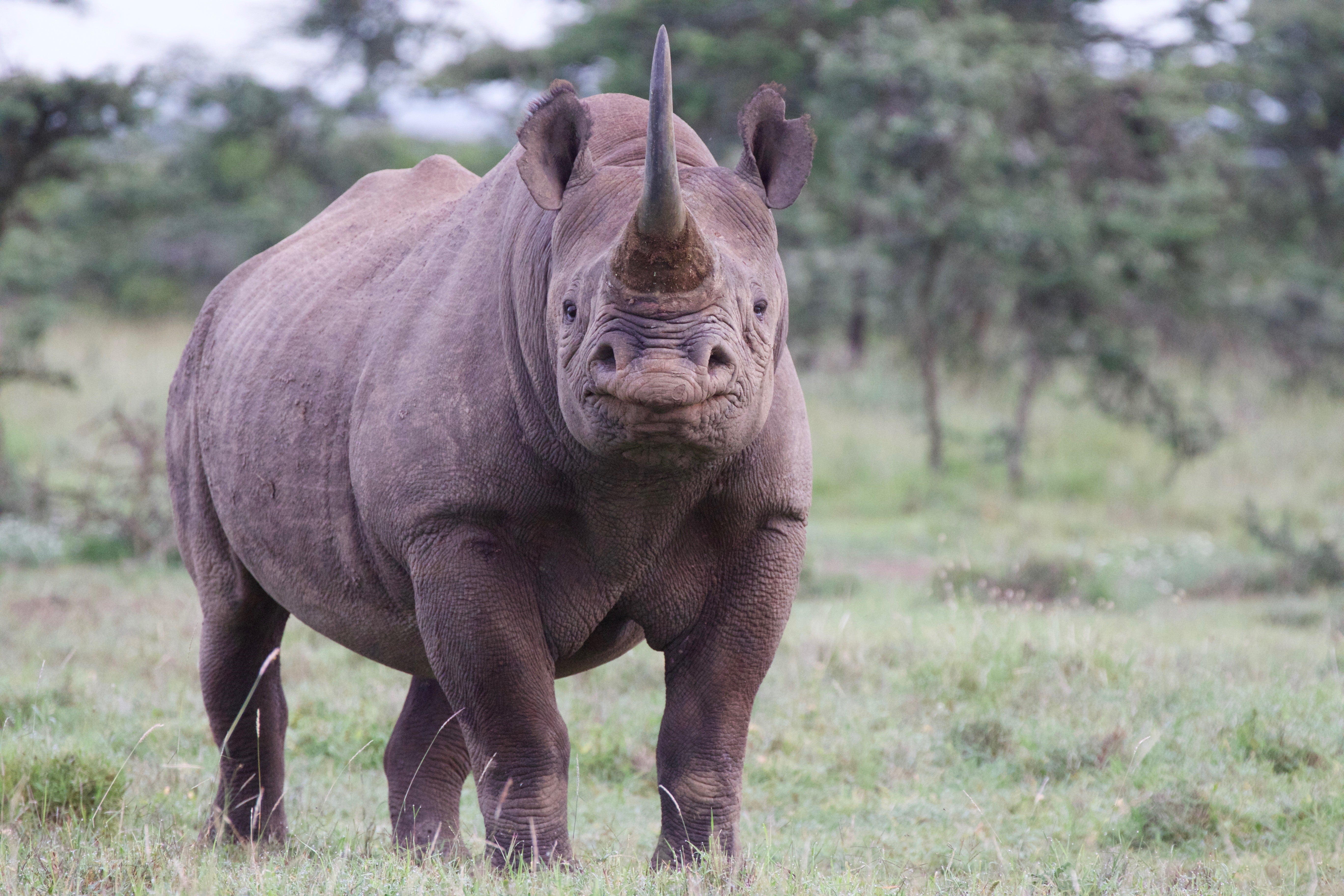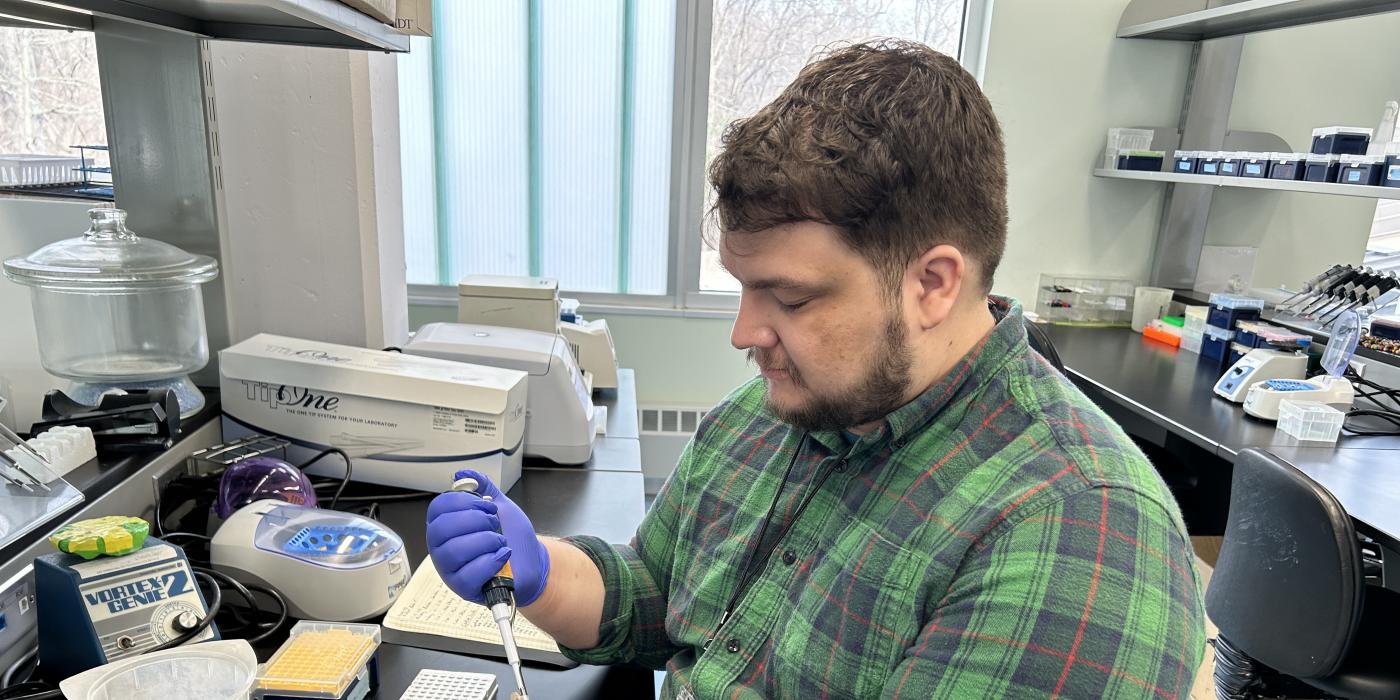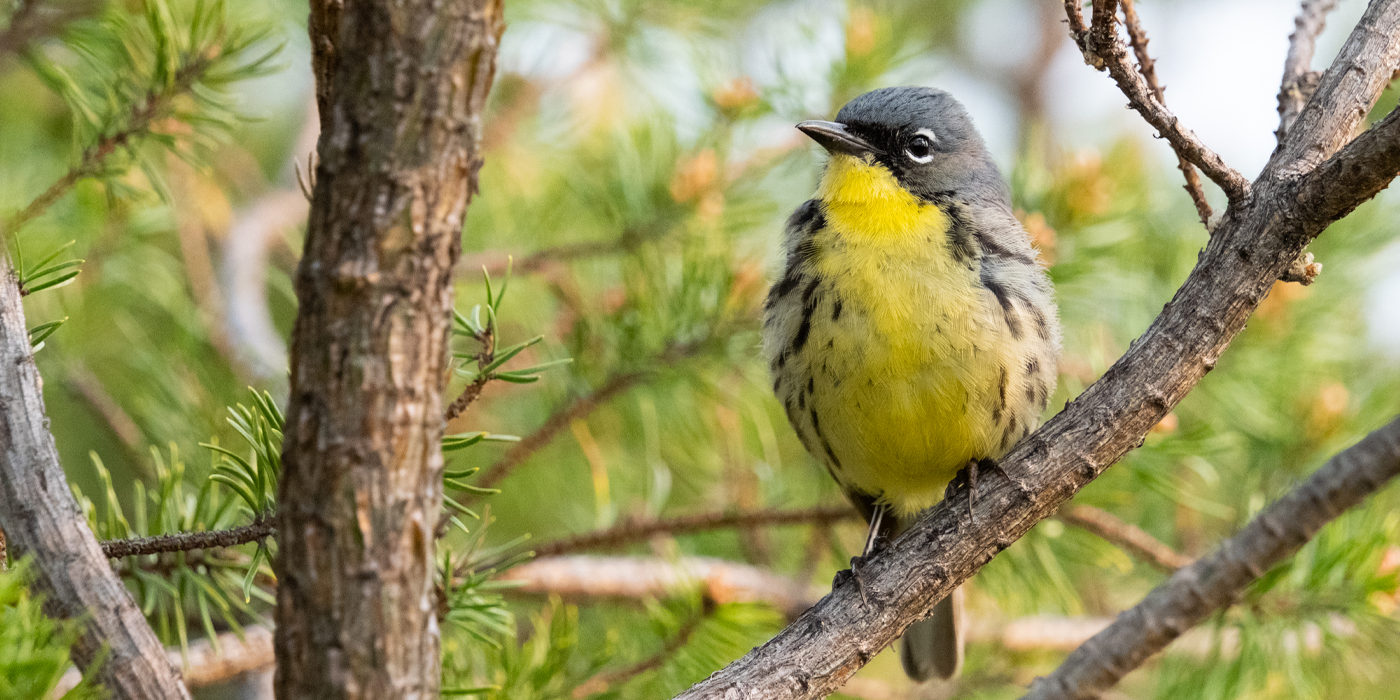Microbes Matter: Meet the Small but Mighty Microbiomes
When we think of zoos, the first things that come to mind are animals. Pandas, elephants, lions, oh my! But did you know that all animals have trillions of microscopic bacteria living inside them? Even you! These communities of microbes, known as microbiomes, play an important role in keeping animals healthy. They help animals digest their food, fight off disease and take care of their babies, and they play an important part in the environment.
Right next door to the animals, scientists at the Smithsonian’s National Zoo’s Center for Conservation Genomics study microbiome samples from animals and environments all over the world. They work with ecologists, nutritionists, veterinarians, animal care professionals and other experts to incorporate microbiome research into strategies for wildlife conservation.

A Gut Feeling
Some say you are what you eat, but what you eat isn’t just for you — it’s also for your microbes. If you’ve ever eaten a salad, then the microbiome in your gut has gone to work to keep you healthy. The same is true for many animals, like giant pandas, sloths and rhinos, that mainly eat fiber-rich plants. Most animals don’t have the specialized enzymes they need to digest complex plant fiber. But their microbes do! Breaking down plant fiber into its component parts, including vital nutrients and energy, is one of the most important jobs gut microbes perform. If gut microbiomes become unbalanced, the microbes can no longer help an animal access the nutrients in its diet.

Smithsonian scientists have found that the gut microbiomes of black rhinos in human care are very different than the gut microbiomes of wild rhinos, in part due to differences in their diets. Wild rhinos had more bacteria that help break down the complex plant fibers of wild plants. The gut microbiomes of zoo rhinos were better able to digest starchy foods. This is just one example of how scientists and zoo nutritionists can work together to understand and create diverse diets for zoo animals that provide the right foods and nutrients to maintain healthy, balanced gut microbiomes.
Bacteria Battles
Microbiomes are also some animals’ best defenders! The vast majority of bacteria found in animal microbiomes are beneficial, but occasionally some not-so-nice bacteria come along and cause an animal to get sick. Just like stomach “bugs” in people, some bacterial infections in animals' guts can be pretty nasty. Good bacteria can often fight off the bad ones, but sometimes they need help.
Smithsonian scientists are already applying this concept to find out if skin microbes in frogs and salamanders can help fight off the deadly chytrid fungus. And this idea could help other animals too. For example, scientists are investigating whether microbes found in one species of Hawaiian honeycreeper (the amakihi) help it to survive introduced avian malaria, and whether these microbes would also protect the many other honeycreeper species for which this introduced disease is deadly.

In cheetahs, harmful bacteria can cause gut infections that overpower good bacteria. Veterinarians and scientists at the Zoo work side-by-side to get rid of bad bacteria and promote good bacteria. One way to do this is through a combination of antibiotics and probiotics. (This doesn’t mean the cheetahs eat yogurt, though they would probably lap it up!). The cheetahs get doses of beneficial microbes that can help them fight disease and recover their healthy microbiomes.
Where Animal Microbiomes Begin
But how do animals get gut microbiomes to begin with? It starts when an animal is just a baby. Mother’s milk is not just an important food for infant mammals; it is also full of important microbes that a mother transfers to her baby. Milk microbiomes help colonize an infant’s gut. They break down sugars in milk and interact with an infant’s developing immune system.

Scientists and nutritionists are learning about milk microbes using the mammal milk repository, the largest collection of mammal milk samples in the world! The collection is stored in a special freezer at the Zoo, with samples from more than 180 species, ranging from armadillos to elephants. They analyze milk samples to ensure baby animals at the Zoo get the right nutrients and the right microbes.
Microbiomes are Everywhere
Microbiomes aren’t unique to animals. They are also found in soil, in water and on plants. These environmental microbes may even affect a favorite morning drink: coffee. Smithsonian scientists are exploring how soil microbiomes impact the sustainable growth of coffee plants in Bird Friendly® habitats. By studying soil microbiomes in areas with different types of land management, they are learning about the best ways to grow coffee while conserving tropical forests and protecting wildlife.

Bringing it all together, scientists are also studying how animal and environmental microbiomes interact. Do animals pick up important microbes from their environment when they roll in dirt, eat leaves from a tree, or drink water from a stream? If so, how do these microbes contribute to animal health? Exposure to microbes in the environment might even play a role in successfully reintroducing endangered animals back into their natural habitats!
“Microbes Matter” is a series from Smithsonian’s National Zoo and Conservation Biology Institute scientists all about how the study of tiny microbes can have big, beneficial impacts on caring for zoo animals and saving species in the wild. Stay tuned for more stories on why microbes matter!



